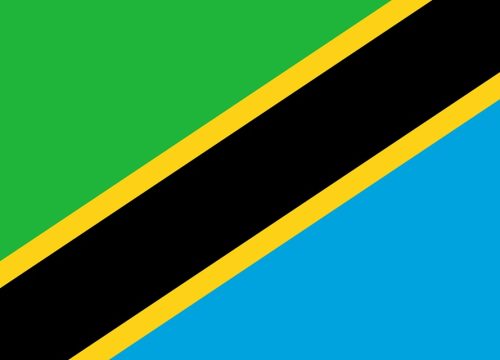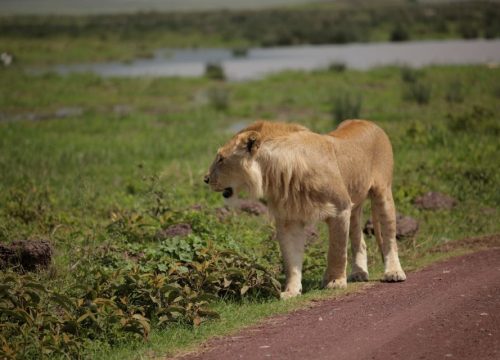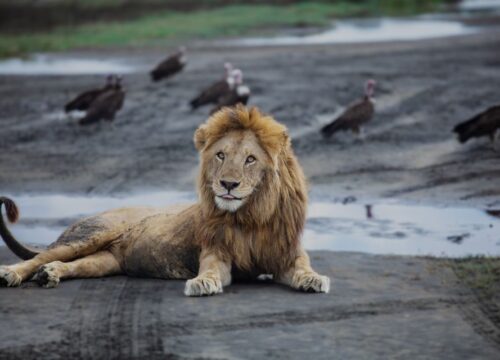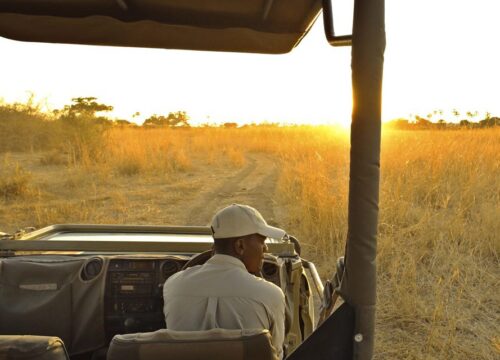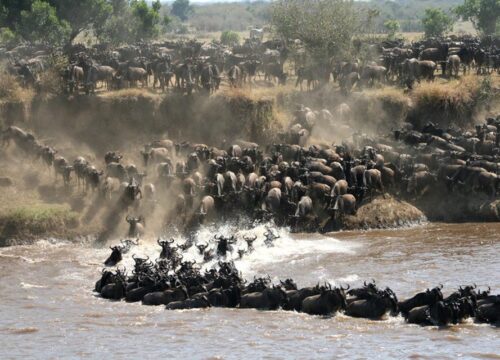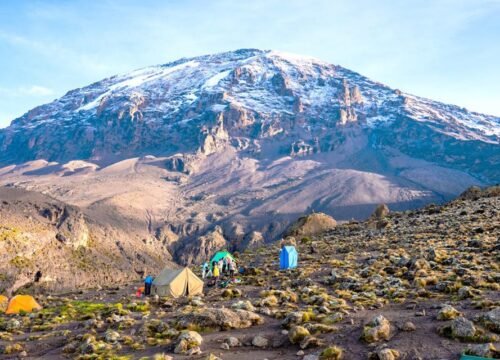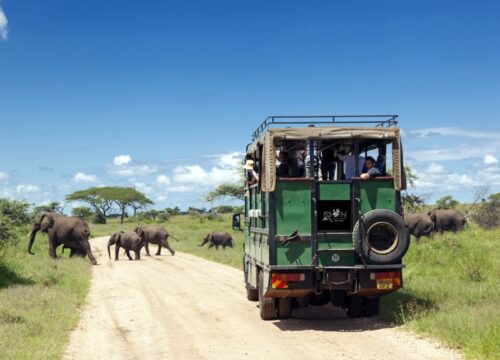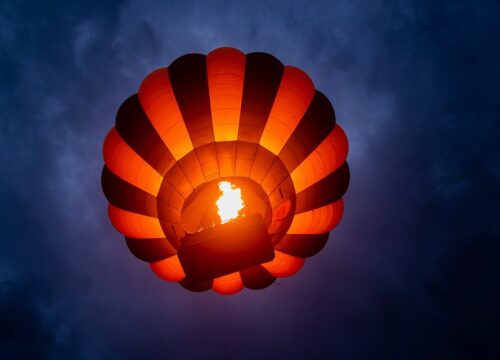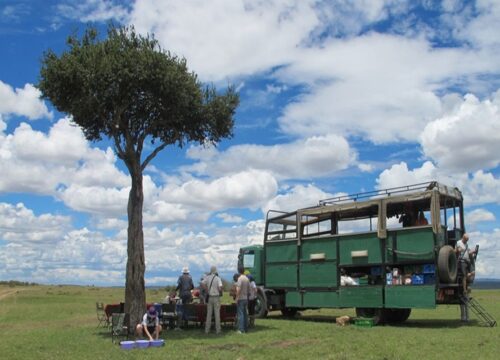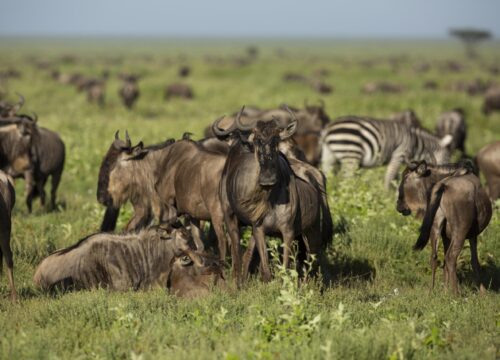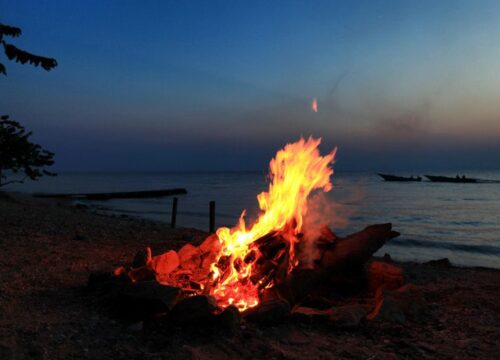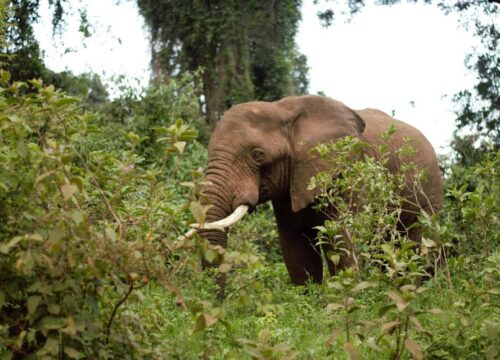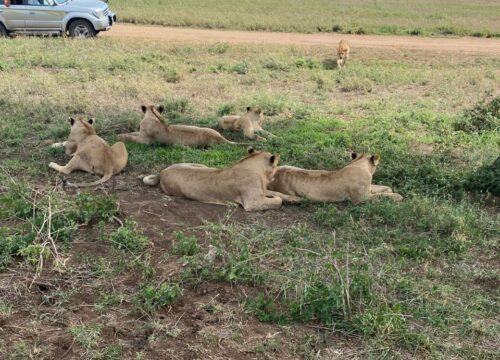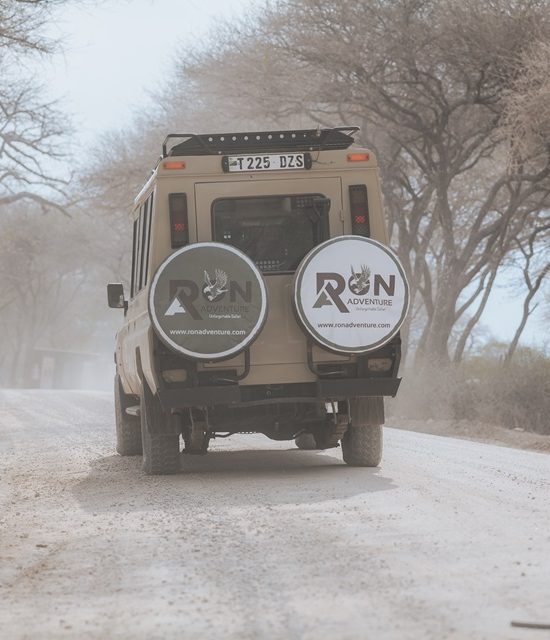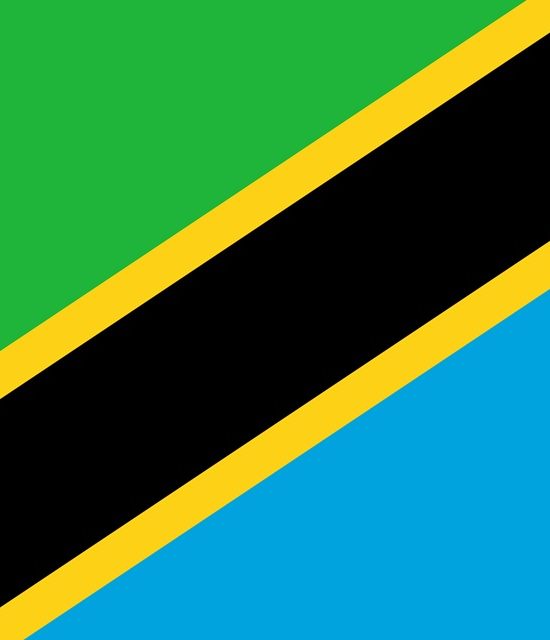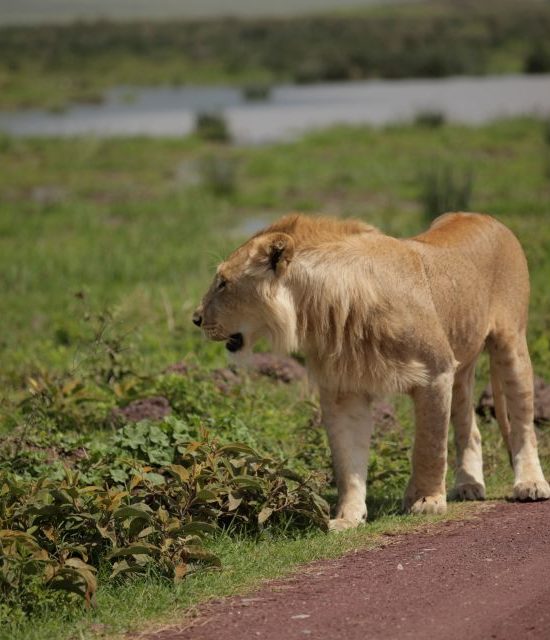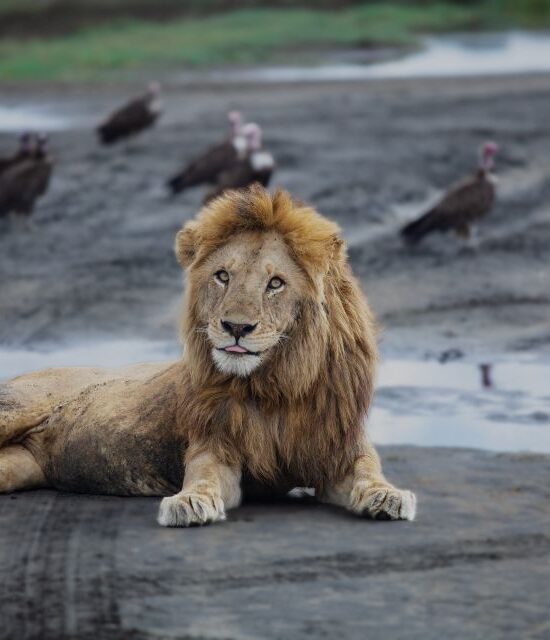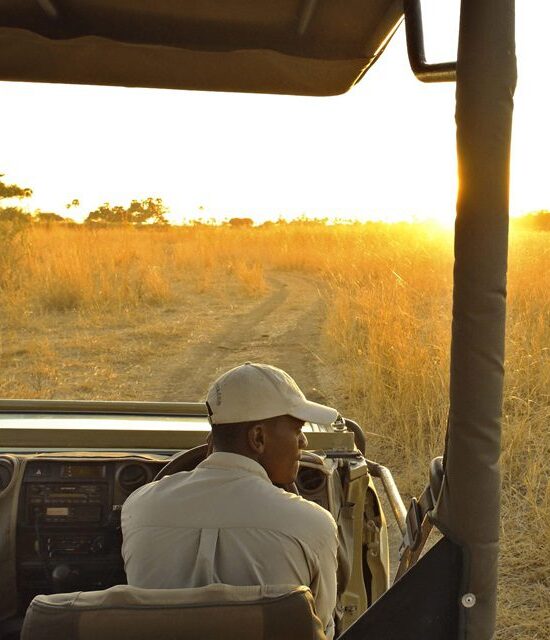
Ngorongoro Crater The Eighth Wonder of the World
Nestled in the heart of Tanzania, the Ngorongoro Crater is a place of breathtaking beauty and ecological significance. Often referred to as the “Eighth Wonder of the World,” this UNESCO World Heritage Site is a must-visit for any traveler seeking a unique blend of stunning landscapes, rich wildlife, and cultural heritage.
A Natural Marvel
The Ngorongoro Crater is a large volcanic caldera, formed about two to three million years ago when a giant volcano exploded and collapsed. This natural marvel is approximately 610 meters (2,000 feet) deep and spans around 260 square kilometers (100 square miles), creating a unique and isolated ecosystem teeming with life.
A Biodiversity Hotspot
The crater is renowned for its incredible biodiversity. It is home to a plethora of wildlife, including the iconic Big Five: lions, elephants, leopards, rhinoceroses, and Cape buffalo. In addition to these majestic creatures, visitors can also encounter wildebeest, zebras, hippos, and an array of bird species. This makes Ngorongoro a prime location for bird watching and wildlife photography.
Balancing Conservation and Culture
One of the most remarkable aspects of the Ngorongoro Conservation Area is its commitment to both wildlife conservation and the preservation of local culture. The Maasai people have lived in this region for centuries, coexisting harmoniously with the wildlife. Efforts are continually made to ensure that conservation initiatives do not disrupt the traditional way of life of the Maasai.
A Window into Human History
The Ngorongoro Conservation Area is not only a haven for wildlife but also a treasure trove of human history. The nearby Olduvai Gorge, often referred to as the “Cradle of Mankind,” is one of the most important paleoanthropological sites in the world. Here, some of the earliest human remains have been discovered, offering invaluable insights into human evolution.
A Destination for Every Traveler
The Ngorongoro Crater is a major tourist attraction, offering a variety of experiences for visitors. Whether you’re embarking on a thrilling game drive, enjoying a bird-watching excursion, or engaging in a cultural exchange with the Maasai, there is something for everyone. The lodges and campsites within the conservation area provide comfortable accommodations with stunning views, ensuring an unforgettable stay.
When to Visit
The climate in the crater is generally mild, with temperatures ranging from cool to warm. The best time to visit for wildlife viewing is during the dry season, from June to October, when animals are more concentrated around water sources. However, the Ngorongoro Crater’s beauty and biodiversity make it a year-round destination.
Unique Features
The crater floor is a diverse landscape of forests, grasslands, and swamps, creating varied habitats for different species. It is one of the few places in Tanzania where you can see the endangered black rhinoceros in its natural habitat. The Ngorongoro Crater’s combination of geological wonders, abundant wildlife, and cultural heritage makes it a unique and fascinating destination for visitors from around the world.
Conclusion
Whether you are a nature enthusiast, a history buff, or simply seeking an extraordinary adventure, the Ngorongoro Crater offers an unparalleled experience. Its stunning scenery, diverse wildlife, and rich cultural heritage make it a destination like no other. Plan your visit to this incredible natural wonder and discover why it truly deserves the title of the “Eighth Wonder of the World.”
All Categories
Recent Posts
Why Tanzania Is the Best African Safari Destination
Is Tanzania Safe to Visit After the 2025 Election?
Serengeti Safari Guide
Ultimate 5 Days Tanzania Safari Guide
5 Hidden Gems of Tanzania
Planning a Safari from Zanzibar
The Great Wildebeest Migration
Understanding Mountain Sickness
Why Visit Tanzania in the Next Safari Season (2026)
Serengeti Balloon Safari
Why Tourists Choose Ron Adventure
Exploring Tanzania with Kids
How to Plan and Book a Wildebeest Migration Safari
Tanzania Safari Vehicles
THINGS TO DO IN TANZANIA 2025-2026
Tanzania Tour Packages 2025-2026
Ngorongoro Crater Tour A Journey into Africa’s Wildlife Wonderland
Discover the Wildlife of Ngorongoro Crater A Safari Adventure
Ngorongoro Crater The Eighth Wonder of the World
Affordable Tanzania Safari Packages



